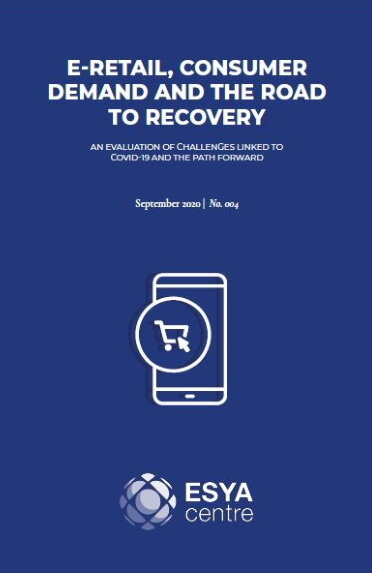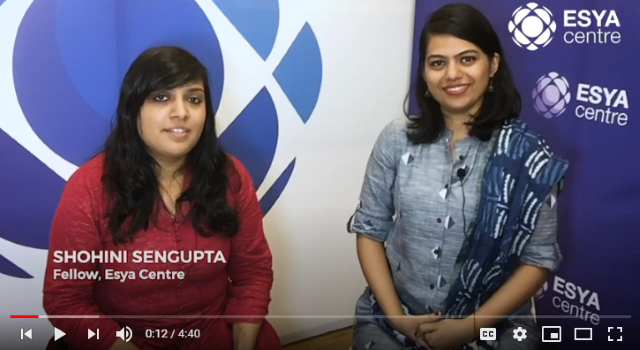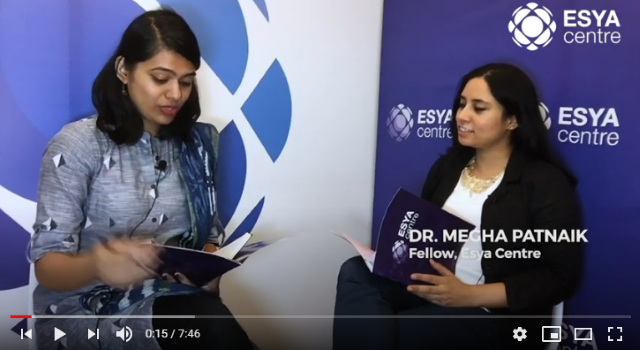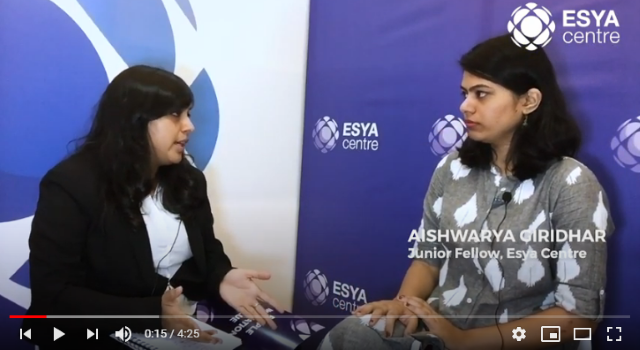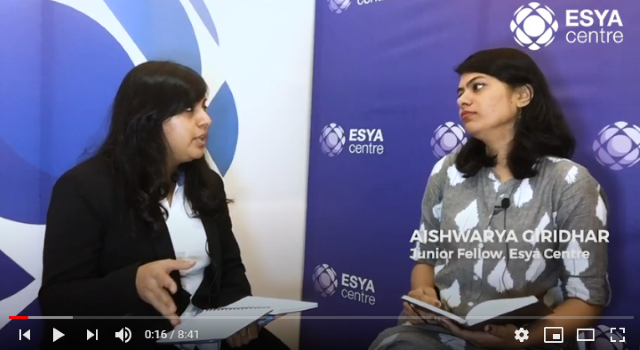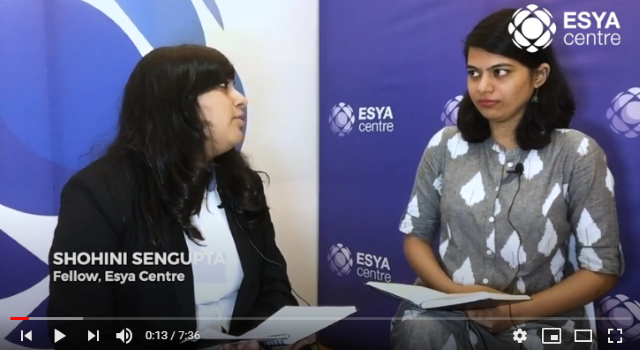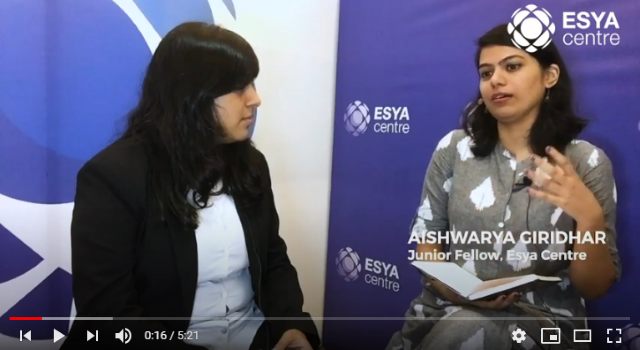The challenges of a new digital environment make it imperative for scholarship in India to develop around new legal, economic, and technological frameworks. These frameworks must evolve to bring the fruits of the digital cultural space to people, while fostering innovation, competition, diversity and choice. Figure 1 gives a visual representation of the interactions between culture and IP.
Further, the role of cultural evolution and the correspondent development of IP doctrine and practice have long been shaped by evolutionary perspectives on human society. Much of the international IP frameworks that developed in the 19th century reflected the national systems of the countries at the negotiating table, and the values that they sought to advance or considered important. For instance, since this was the age of the industrial revolution, cultural production contained in local knowledge like folk music was treated as entirely appropriable knowledge, but not as valid systems in and of themselves. Therefore, local knowledge was not thought to be comparable to the products of industrialization. This is reflected in the way IP systems developed in many countries. For instance, although IP protection in many countries was extended to Geographical Indications, no protection was otherwise given to other forms of local knowledge, reflecting prevailing views concerning the devolution of folklore. Further, international IP frameworks also reflected the role of commercial interests of the countries that were deciding the international legal order.
Conversely, today, the identification of cultural evolution and its elements is fundamental to not just IP, but also other attendant policy choices and questions of economic and business value. This is especially since the operation of cultural resources as valuable assets cannot be denied in the contemporary context, given the business models of creative industries, even though there is still a gap between the development in culture and IP. The gap between culture and IP exists in India as well. For instance, because of copyright law being written with pre-digital technology in mind, artefacts of these assumptions continue in the law regardless of attempts to modernize it. In the EU, there have been significant debates over the new Copyright Directive, the ostensible purpose of which is to modernise copyright rules for the digital age across the region, including increased protections of digital works. In India, similar advances to modernise the Copyright Act, 1957 (Copyright Act) with a view to resolving the debates over increased protection of digital works, intermediary liabilities, and discourses over different approaches to dealing with infringements in the digital space are still evolving.
Further, there is a vacuum in multi-disciplinary research on culture and IP in developing countries as a whole. Most existing research has been focussed on the countries that are part of the Organisation for Economic Cooperation and Development or the global ‘North’. As a result, there is little contextual development in the global south, and particularly in India, over how digital culture and IP interact with each other.
As such, this series will focus on the peculiarities of the Indian digital cultural ecosystem, primarily centred on three relevant stakeholders – users, businesses, and the Government, as detailed in Section 3. We believe that research focussed on the digital culture and IP in India will help all stakeholders in understanding and exploiting digital transformation more efficaciously. More importantly, understanding varying incentives can help stakeholders such as creators, producers, distributors, publishers, users, and policymakers identify common values, which in turn can define future standards in the digital space. To this extent, this series on ‘Contemporary Culture and IP’ will attempt to fill gaps in scholarship and raise foundational questions on law, economics, and policy issues of the future. This foundational paper aims to lay the foundations for future research and undertakes two interrelated tasks: (i) developing the taxonomy and foundational ideas for the series; and (ii) building the foundational frameworks on law and economics for the series to explore in depth, prospectively.
ii. Understanding what Contemporary Culture means for India
a. Understanding digital culture, and who shapes digital culture
Contemporary culture is rooted in the development of digital technologies, making these technologies both powerful catalysts, and sometimes the focal points of cultural change. The local digital ecosystem in India has burgeoned, leading to more virtualisation of group networks and social identities, and convergence of text and audio-visual media. The evolution of technology is in itself a reflexive process that responds to the evolving digital ecosystem consisting of creators, publishers, distributors, innovators, consumers and other stakeholders. While technology has always allowed stakeholders to respond to changes, the digital ecosystem has allowed the response time to decrease, such that stakeholders can now give their feedback almost immediately. For example, digital platforms and social media platforms like Twitter and Facebook now allow citizens to communicate directly with politicians and Government institutions, as well as offering policymakers new channels to listen to and respond to the wider electorate.
Thus, technological and cultural evolution have become interdependent to the point where correlations between the two, and the boundaries between people and technological artefacts have become difficult to establish. Therefore, in the context of India, this series explores the local meaning and impact of digital culture on the three most prominent stakeholders - the users, the businesses, and the Government; and the relationship between new technologies and cultural innovation, and the latent possibilities for such stakeholders to gain from the digital cultural space. Section 3 will chart the reasons for selecting these three stakeholders, and their relationship with each other.
Therefore, a primary focus in this series will be to view these different incentives from an evolving lens, in an attempt to understand why incentives vary, the role of each stakeholder, and the future opportunities and challenges. The series will also explore new roles, and responsibilities for new stakeholders such as intermediary platforms.
b. Identifying relevant digital cultural norms and contexts for defining digital culture
The role of IP rights has gained significance in the digital era, shaping both cultural life, and the conditions of communication and information sharing. For instance, in the case of copyright, scholars have argued that it is not merely an “economic vehicle, but a communications instrument relevant to cultural policy.” Copyright laws of a particular country influence democratic expressions of free speech, shaping innovations in the digital cultural space, governing flows of information in the economy, regulating the production and exchange of digital cultural products like books, music, art, and movies; and shaping social relations of communication. Copyright law gives powers of control to authors and subsequent owners, and regulates the production and exchange of meaning and information. Thus, writers, artists, musicians, performers, software programmers, publishers, students, researchers, librarians, teachers, readers, movie-goers, and music fans among others, exist in a web of cultural relations subject to copyright law. However, in the digital world, copyright laws have also generated a new public idea of communication, participation and production, which favours a collaborative model of shared and cumulative cultural dialogue over a proprietary model of cultural production.
The development of digital cultural norms along with IP values play a critical role in defining each other’s scope. A key part of this series, therefore, will be to explore the relationship between digital cultural norms and IP, particularly in areas where there is significant public debate, and a lack of clear policy. For example, the series will explore public and cultural space occupied by intangible goods that currently lack IP protection, that is, ‘cultural commons’, particularly in the Indian context.
Today, due to commercial-technologies permeating citizens’ lives, including the way we access and consume information, we are far more familiar with the technological contexts of our culture. This familiarity with technology, for instance, in the use of smartphones and television screens, allows us to navigate evolving cultural norms even though the digital cultural space itself is constantly changing due to this participation. However, since the digital cultural space only started evolving a few decades ago, stakeholders cannot rely on any long-standing norms and rules for digital interactions of different kinds. Therefore, stakeholders will now have to develop new cultural norms and commonly shared values, collectively developing rules, depending on the role they play, and their incentives. An example where stakeholders have come together to do so effectively has been in addressing the issue of child pornography on the Internet, by developing a universally accepted norm of restricting child pornography in a digital cultural context.
The varying perspectives on the evolution of contemporary culture brings us to the understanding that there are two schools of thought in this regard - one that argues that the existing cultures might find themselves essentially recreated in digital form as more and more life experiences play out in digital spaces; and the other that argues that dominant digital culture emerging now is a separate culture unto itself. For this series, we understand the term ‘digital culture’ to mean an uncertain combination of both of these perspectives. We will attempt to capture a multi-dimensional, and context-specific understanding of digital culture in this series.
For the purpose of illustration, we present some of the relevant contexts in which digital culture can be understood:
a. The cultural influence of new media environments and the digitisation process that has aided in the development of new digital cultures in media;
b. The development of common values, agreements, and interactions of different stakeholders in the digital society, and the ways in which people, businesses and the Government communicate with each other;
c. The importance of using IP systems creatively and effectively to increase access, innovation and value generation in the digital ecosystem;
d. The values of building a cooperative shared economy, to own and govern the Internet differently in the digital age, to improve income distribution in cultural supply chains, and address the legacy of an informal workforce.


















